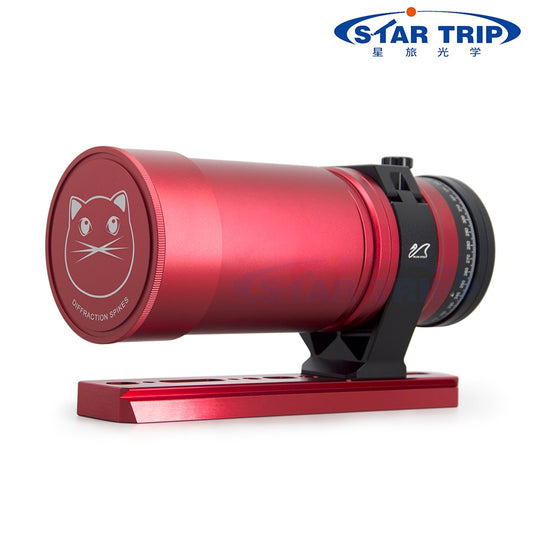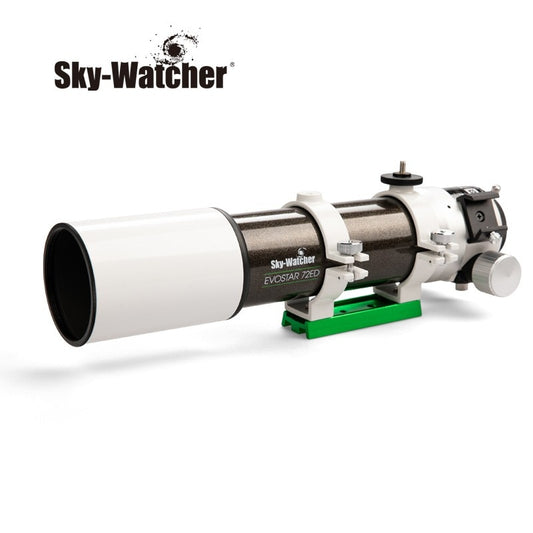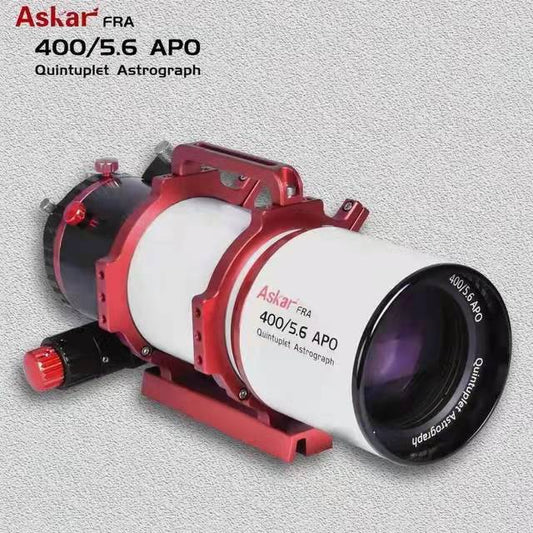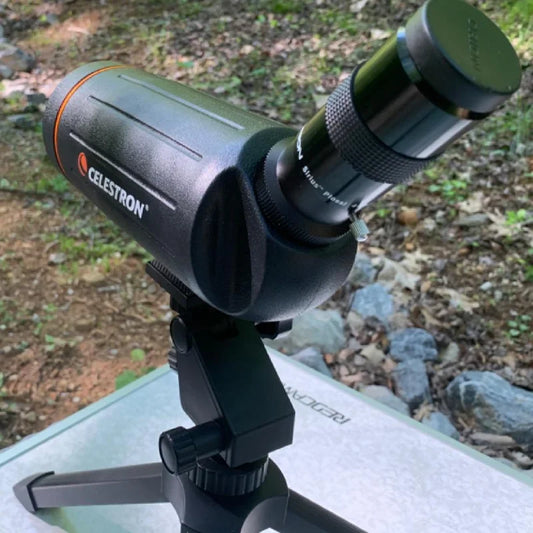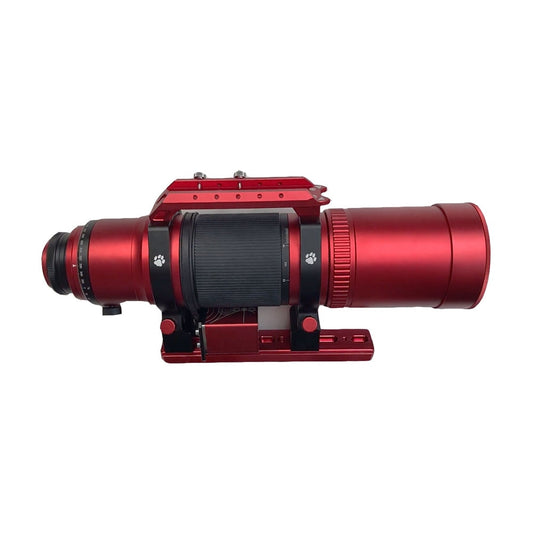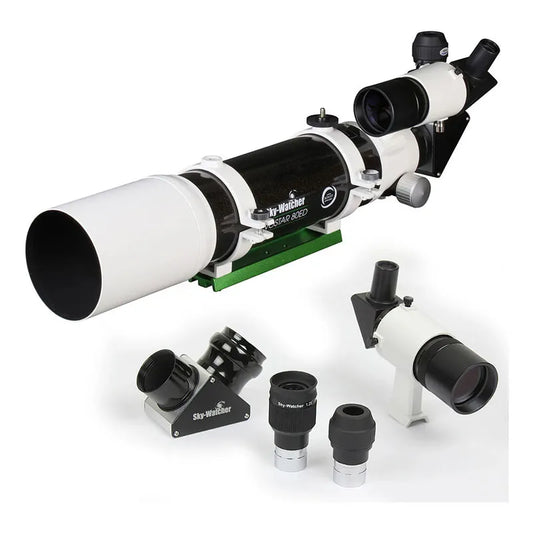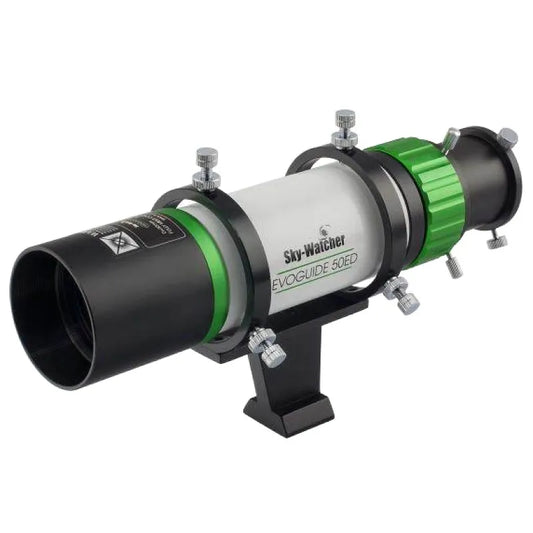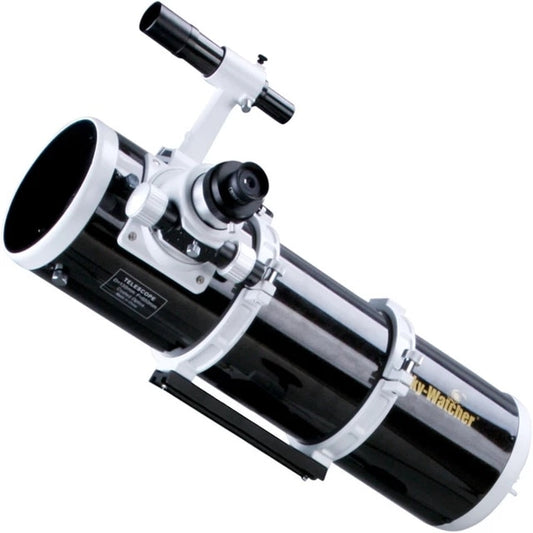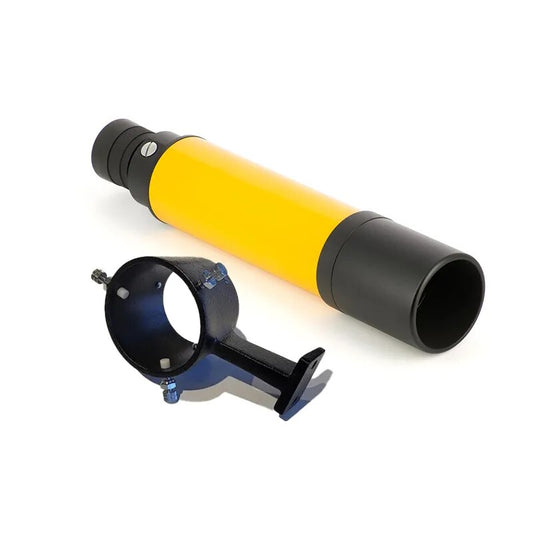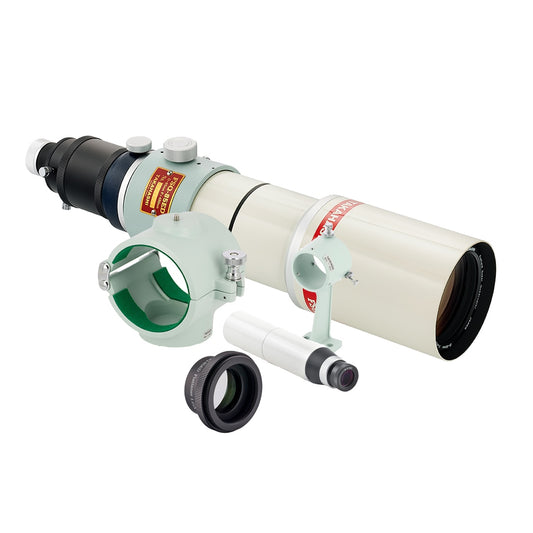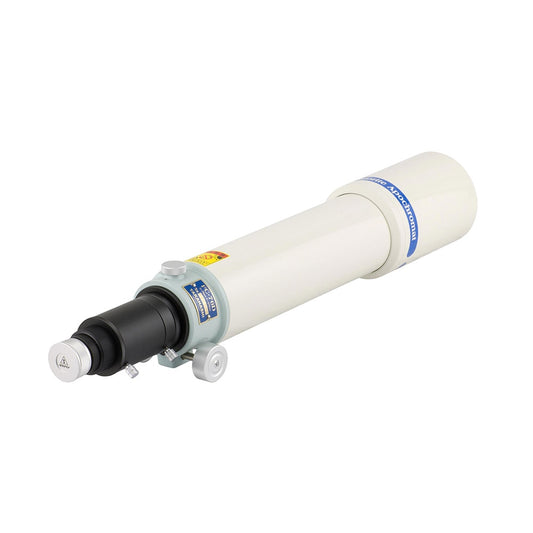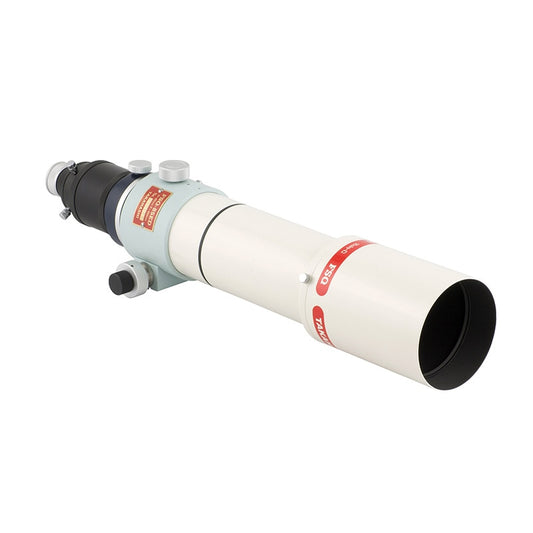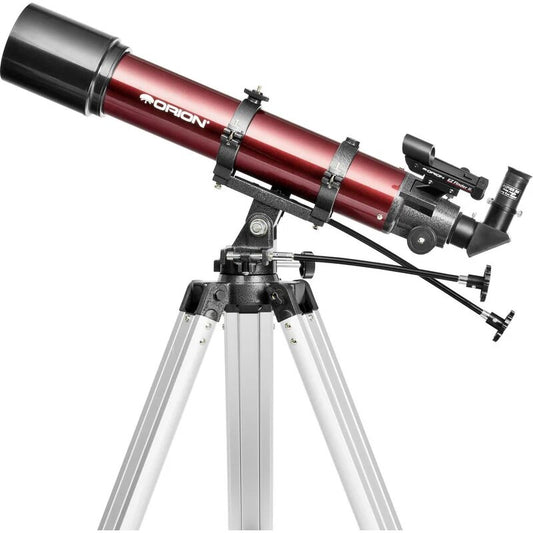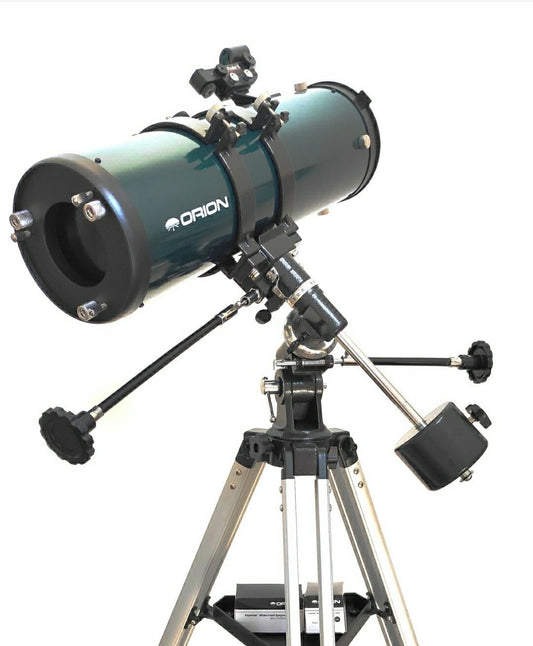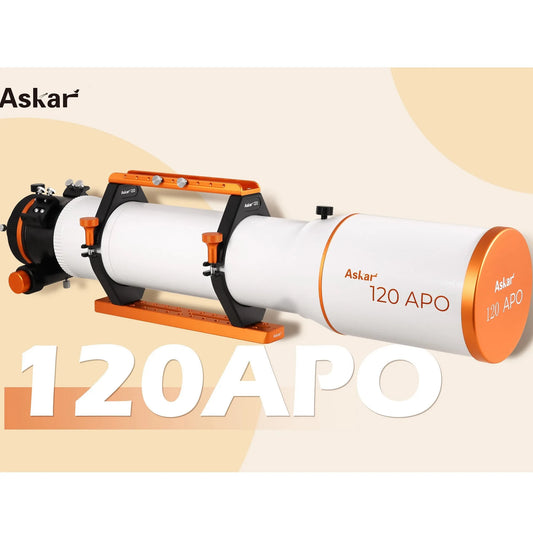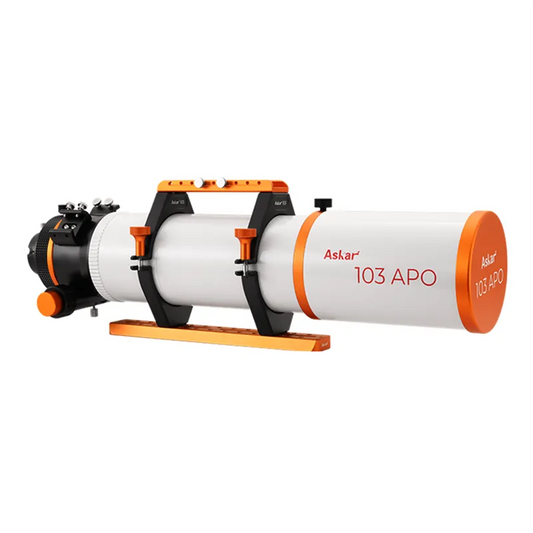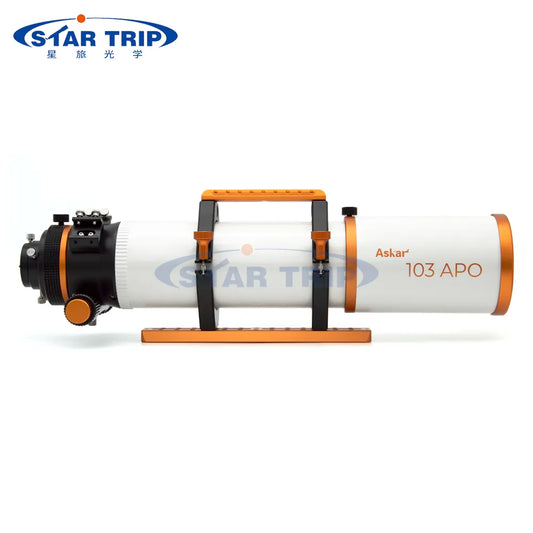Best telescope eyepieces: A Telescope Eyepiece Guide
Looking up at the night sky can be a truly breathtaking experience, especially when you have a powerful telescope at your disposal. But as any astronomer knows, the quality of your telescope eyepiece can make or break your viewing experience, especially when it comes to observing planets.

With so many options on the market, it can be overwhelming to determine the best telescope eyepiece for viewing planets. That's why we've done the research and put together this comprehensive guide to help you make an informed decision.

What to Look for in a Telescope Eyepiece
Before we dive into the best telescope eyepieces for observing planets, let's first discuss what you should look for when selecting an eyepiece.
- Magnification: The magnification of your eyepiece will determine how close you can get to the planets. A higher magnification will bring the planets closer, but can also make the image dimmer and harder to focus.
- Focal length: The focal length of your eyepiece will also impact the magnification of your telescope. A shorter focal length will result in a higher magnification, while a longer focal length will give you a wider field of view.
- Eye relief: Eye relief is the distance between your eye and the eyepiece lens. A longer eye relief is ideal for those who wear glasses or have trouble getting close to the eyepiece.
- Field of view: The field of view is the area visible through the eyepiece. A wider field of view allows you to see more of the night sky at once.
- Quality: The quality of the eyepiece will determine the sharpness and clarity of the image. Look for eyepieces made with high-quality glass and coatings for the best viewing experience.
How to Look Through a Telescope Eyepiece
Before discussing eyepieces, it is important to know how to properly look through a telescope eyepiece. To begin, position the telescope so that it is pointing at the desired object. Next, ensure that the eyepiece is properly attached to the telescope and focus the image using the telescope's focusing mechanism. Once the image is in focus, move your eye close to the eyepiece and look through it. It is important to take your time and allow your eye to adjust to the darkness. Try not to blink, as this can cause the image to become blurry.

Best Telescope Eyepieces for Viewing Planets
Celestron X-Cel LX Series Eyepieces
The Celestron X-Cel LX Series eyepieces are designed for planetary observation, providing sharp, clear views of planets and their details. They come in a range of focal lengths, providing magnifications of 60x to 240x, and feature a wide 60-degree field of view for easy tracking of planets. The eyepieces also have a comfortable eye relief and are compatible with 1.25-inch and 2-inch focusers.
Tele Vue Ethos Eyepieces
The Tele Vue Ethos eyepieces are a top-of-the-line option for planetary observation, providing a wide field of view and sharp, clear images. They come in a range of focal lengths, providing magnifications of 68x to 240x, and have a generous eye relief for comfortable viewing. The eyepieces are compatible with 1.25-inch and 2-inch focusers and are designed to minimize optical aberrations and distortions.
Meade Series 5000 HD-60 Eyepieces
The Meade Series 5000 HD-60 eyepieces are designed for high-definition planetary observation, providing crisp, clear views of planets and their details. They come in a range of focal lengths, providing magnifications of 25x to 240x, and have a wide 60-degree field of view for easy tracking of planets. The eyepieces also have a comfortable eye relief and are compatible with 1.25-inch and 2-inch focusers.
Baader Hyperion Eyepieces
The Baader Hyperion eyepieces are a versatile option for planetary observation, providing a wide range of magnifications and field of views. They come in a range of focal lengths, providing magnifications of 14x to 196x, and have a modular design that allows for easy customization and adjustment. The eyepieces also have a comfortable eye relief and are compatible with 1.25-inch and 2-inch focusers.
Orion Stratus Eyepieces
The Orion Stratus eyepieces are designed for planetary observation, providing sharp, clear images with a wide field of view. They come in a range of focal lengths, providing magnifications of 55x to 170x, and have a comfortable eye relief for extended viewing sessions. The eyepieces are compatible with 1.25-inch and 2-inch focusers and feature a twist-up eyecup for easy use with or without eyeglasses.
Explore Scientific 82° Series
The Explore Scientific 82° Series offers a wide field of view and a high-quality build with a waterproof design. It comes in a variety of focal lengths and is great for observing planets as well as deep-sky objects.
Orion Stratus Wide-Field
The Orion Stratus Wide-Field eyepiece offers a 68-degree field of view and a comfortable eye relief. It's made with high-quality glass and has a durable build, making it a great option for planetary observation.
Best Eyepiece for Deep Sky Objects
While planetary observation is a popular activity for amateur astronomers, many also enjoy observing deep sky objects such as galaxies, nebulas, and star clusters. When it comes to observing deep sky objects, a low magnification eyepiece is typically the best choice. This is because deep sky objects are often larger and fainter than planets, so a higher magnification can cause the image to become too dim. A wide-field eyepiece, such as the Orion Stratus or the Celestron X-Cel LX Series, can provide a large field of view and bright, clear images of deep sky objects.
Telescope Eyepiece Guide
Choosing the right eyepiece for your telescope can be overwhelming, as there are many options available. However, by considering a few key factors, you can make an informed decision. Firstly, consider the focal length of your telescope. This will determine the magnification of the eyepiece you need to achieve your desired view. Secondly, consider the size of the eyepiece barrel and ensure it will fit your telescope's focuser. Finally, consider the quality of the eyepiece and whether it is designed for planetary observation, deep sky observation, or both.

Choosing Telescope Eyepieces
When choosing an eyepiece, keep in mind that the best one for you will depend on your specific telescope and the types of planets you want to observe. Some eyepieces are designed for observing planets with high contrast, while others are better for observing fainter details.
It's also important to consider the size of the eyepiece barrel and whether it will fit your telescope's focuser. Most telescopes have a 1.25-inch or 2-inch focuser, and eyepieces come in both sizes.
Another important factor to consider is whether you want a single eyepiece or a set of eyepieces. Single eyepieces are great for beginners or those on a budget, while a set of eyepieces can provide more flexibility and better overall viewing quality.
When using a telescope eyepiece for planetary observation, it's important to use the appropriate magnification. Too high a magnification can make the image blurry or dim, while too low a magnification can make the planets appear small and featureless. A good rule of thumb is to use a magnification of 50-60 times the diameter of your telescope's aperture.

In addition to the eyepiece, other accessories such as filters can also enhance your planetary observation experience. For example, a color filter can help bring out specific details on the planet's surface, while a polarizing filter can reduce glare and increase contrast.
Ultimately, the best telescope eyepiece for viewing planets will depend on your individual preferences and the specific requirements of your telescope. By considering factors such as magnification, focal length, eye relief, field of view, and quality, as well as other accessories such as filters, you can make an informed decision and enjoy breathtaking views of our solar system's planets.

Telescope Eyepiece Magnification Explained
Magnification is an important concept to understand when choosing a telescope eyepiece. Magnification is determined by dividing the focal length of the telescope by the focal length of the eyepiece. For example, if your telescope has a focal length of 1000mm and you use a 20mm eyepiece, the magnification will be 50x. It is important to note that higher magnifications do not always result in better images, as they can cause the image to become blurry or dim. Therefore, it is important to choose an eyepiece with an appropriate magnification for the object you are observing.

Telescope Eyepiece Magnification Chart
To help determine the appropriate magnification for your telescope eyepiece, refer to a magnification chart. A magnification chart will provide the recommended magnification range for different objects, such as planets, the moon, and deep sky objects. For example, for planetary observation, a magnification of 50-60 times the diameter of the telescope's aperture is recommended. This means that if your telescope has an aperture of 100mm, a magnification of 500-600x is optimal for planetary viewing.
| Object | Recommended Magnification Range |
|---|---|
| Moon | 25-50x aperture in millimeters |
| Planets | 50-60x aperture in millimeters |
| Double Stars | 20-30x aperture in millimeters |
| Star Clusters | 20-30x aperture in millimeters |
| Nebulas | 10-20x aperture in millimeters |
| Galaxies | 10-15x aperture in millimeters |
Note: The magnification range is a rough estimate and may vary depending on the observer's preferences and atmospheric conditions. Additionally, it is important to choose an appropriate eyepiece based on the focal length of your telescope to achieve the desired magnification.

Final Thoughts
When it comes to selecting the best telescope eyepiece for viewing planets, there are a number of factors to consider. Magnification, focal length, eye relief, field of view, and quality all play a role in determining the right eyepiece for your needs.
The Tele Vue Nagler, Celestron X-Cel LX, Meade Instruments Series 5000, Explore Scientific 82° Series, and Orion Stratus Wide-Field are all great options to consider when selecting a telescope eyepiece for planetary observation. Ultimately, the
best eyepiece for you will depend on your personal preferences and the specific requirements of your telescope.
It's important to note that while a high-quality eyepiece is important for planetary observation, it's not the only factor to consider. Other important factors include the quality of your telescope, the location of your observation site, and the atmospheric conditions.
To get the most out of your planetary observation experience, be sure to choose a dark observation site away from light pollution, and try to observe during clear, steady weather conditions. Additionally, make sure to properly align and focus your telescope before observing, and use a stable mount or tripod to prevent vibrations from affecting the image quality.
In conclusion, selecting the best telescope eyepiece for viewing planets is an important decision for any astronomer. By considering factors such as magnification, focal length, eye relief, field of view, and quality, you can make an informed decision and choose an eyepiece that will enhance your planetary observation experience. With the right equipment and optimal observing conditions, you'll be able to enjoy stunning views of our solar system's planets and gain a deeper appreciation for the wonders of the universe.
Telescope Topics:
- Who Invented The Telescope?
- Why are Telescopes Important?
- When was The Telescope Invented?
- Why are Refractor Telescopes Popular?
- Best Deep Sky Objects by Month
- Best Telescope for Viewing Planets and Galaxies
- Best Telescope to See Planets and Galaxies
- Reflector Vs Refractor Telescope
- William Optics Redcat 51
- Takahashi Telescopes
- Brightest Objects in the Night Sky
- What Does a Focal Reducer Do on a Telescope
- Ax Telescope Mount
- Types of Telescopes
- Telescope Mounts Explained
- What is a Catadioptric Telescope
- Telescope Aperture
- How Does a Telescope Work
- Are There Telescopes for Smartphone Camera
- How Much Does a Telescope Cost
- Best Telescopes Under $1000
- What Makes a Good Telescope
- What Does a Focal Reducer Do
- Stellarium
- Bahtinov Mask
- Qhyccd Polemaster Review
Space Telescopes:
- Hubble Telescope
- Edwin Hubble
- Hubble Deep Field
- James Webb Telescope - The Future of Space Exploration
- James Webb Telescope vs Hubble
- Hubble Palette




